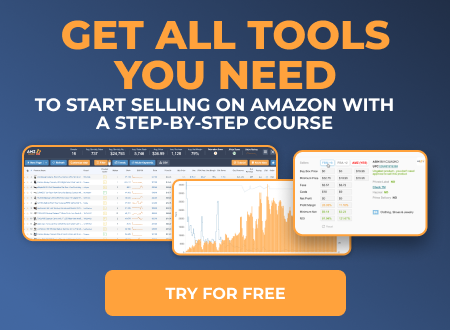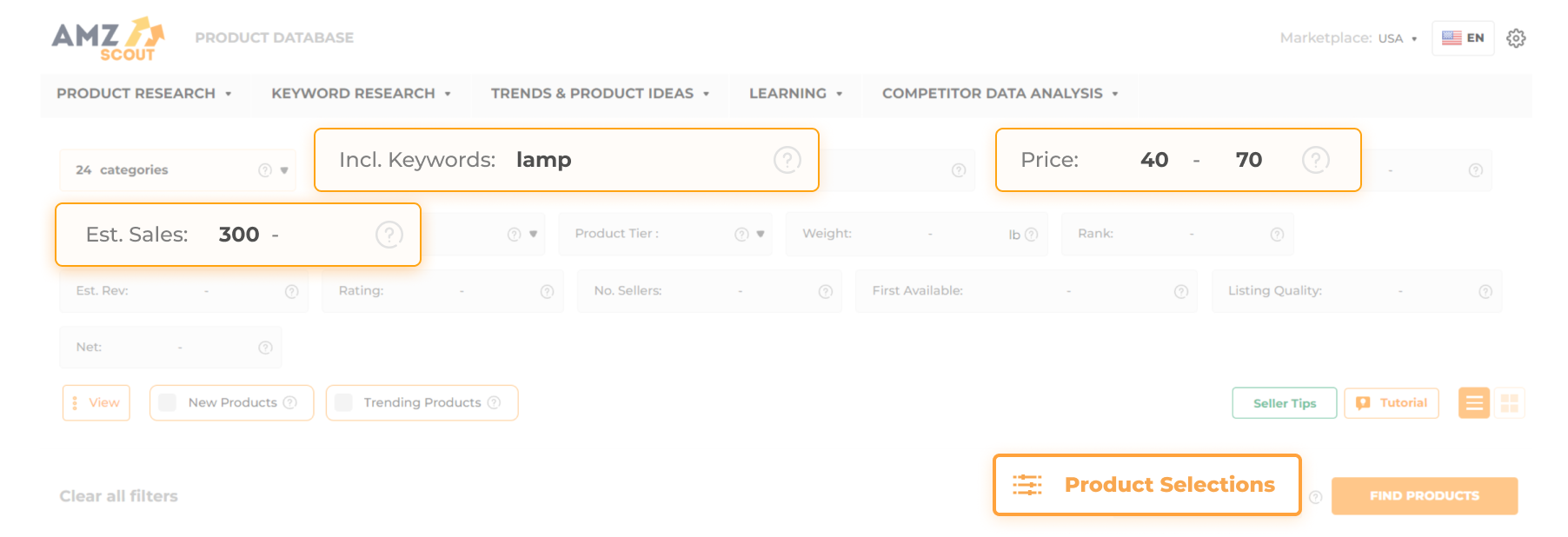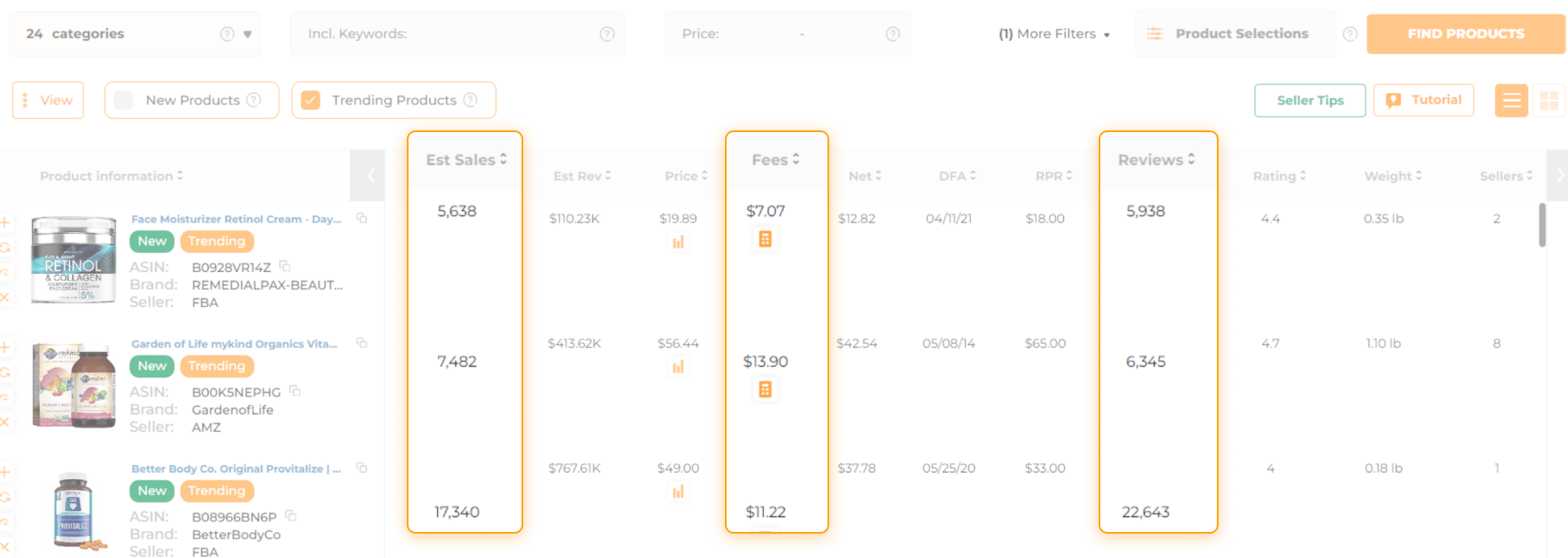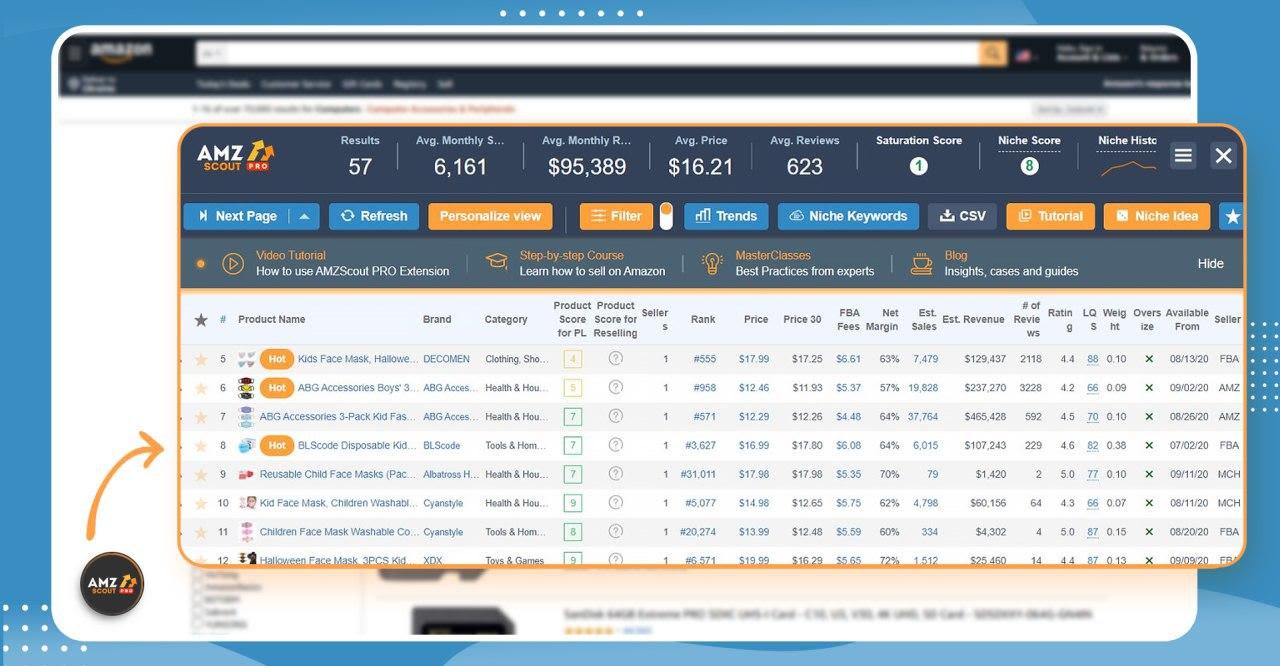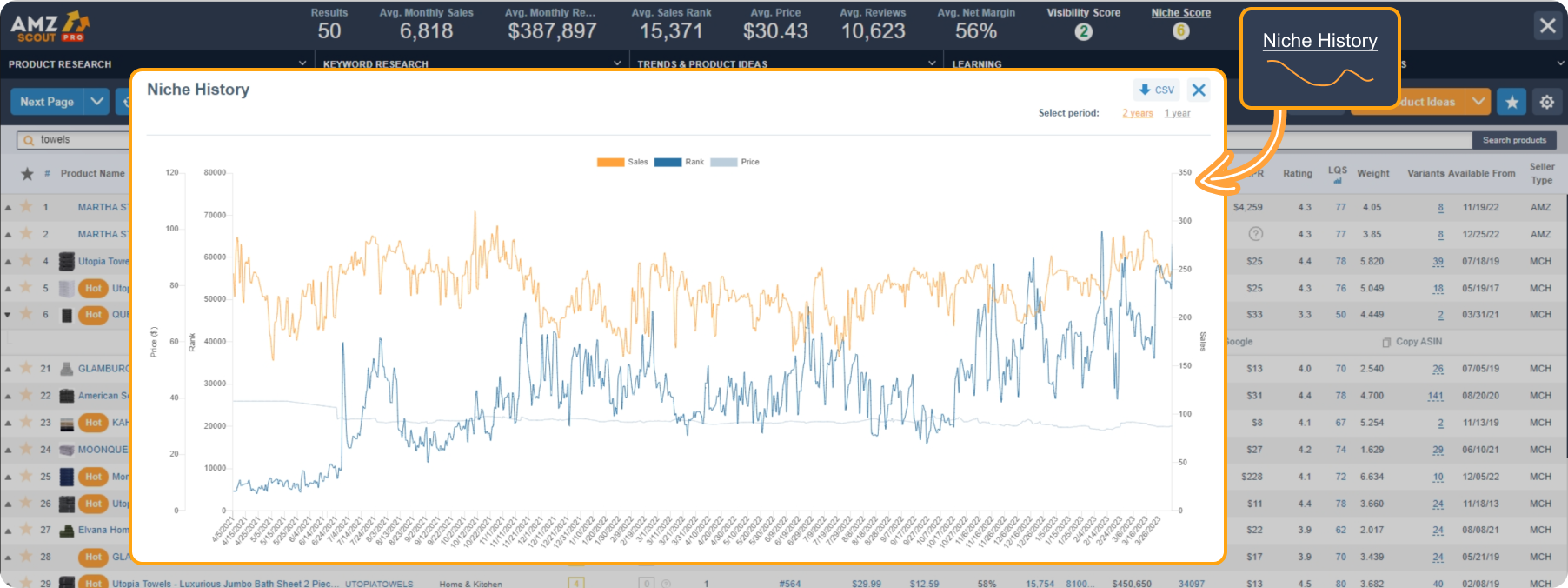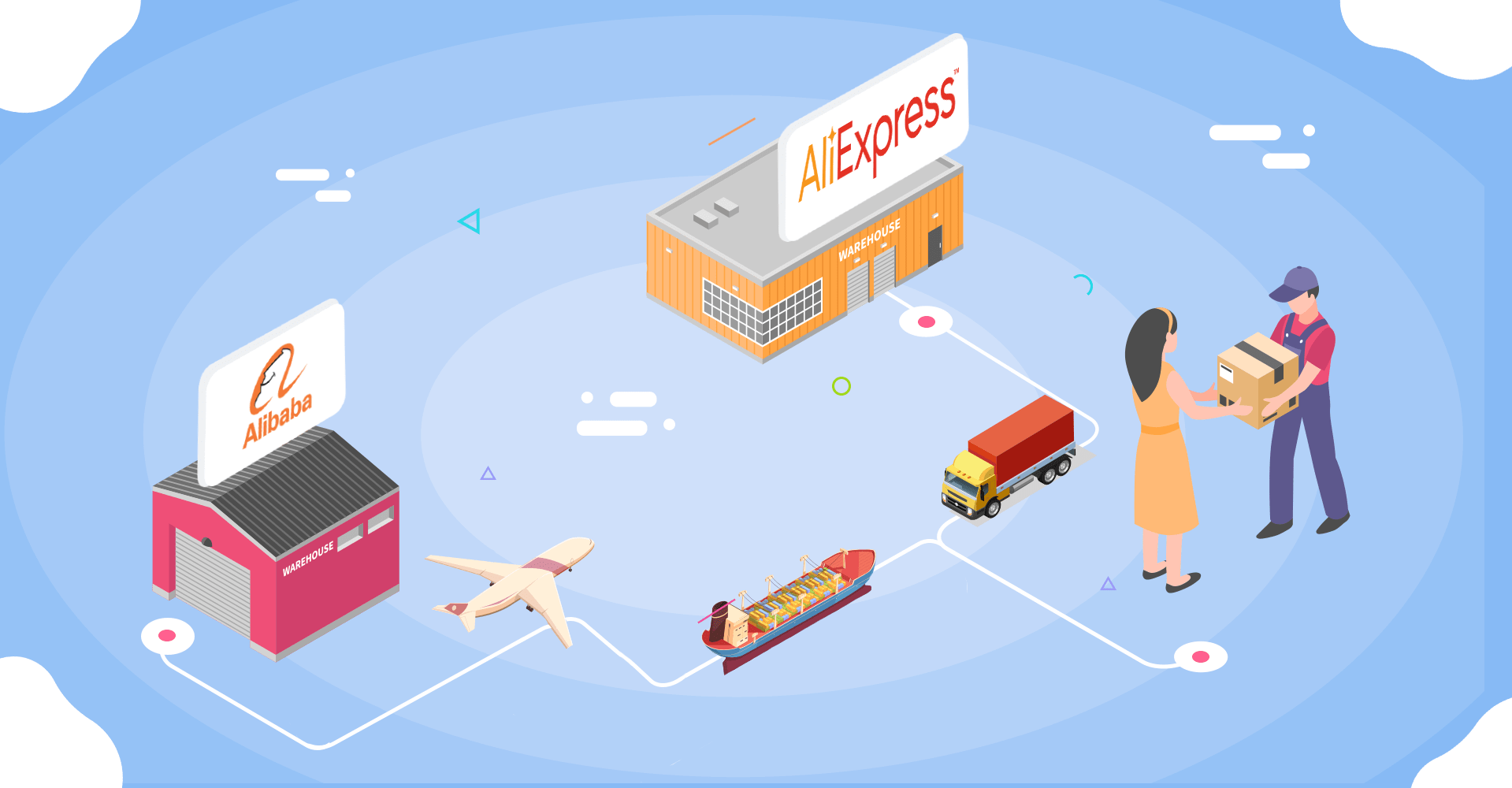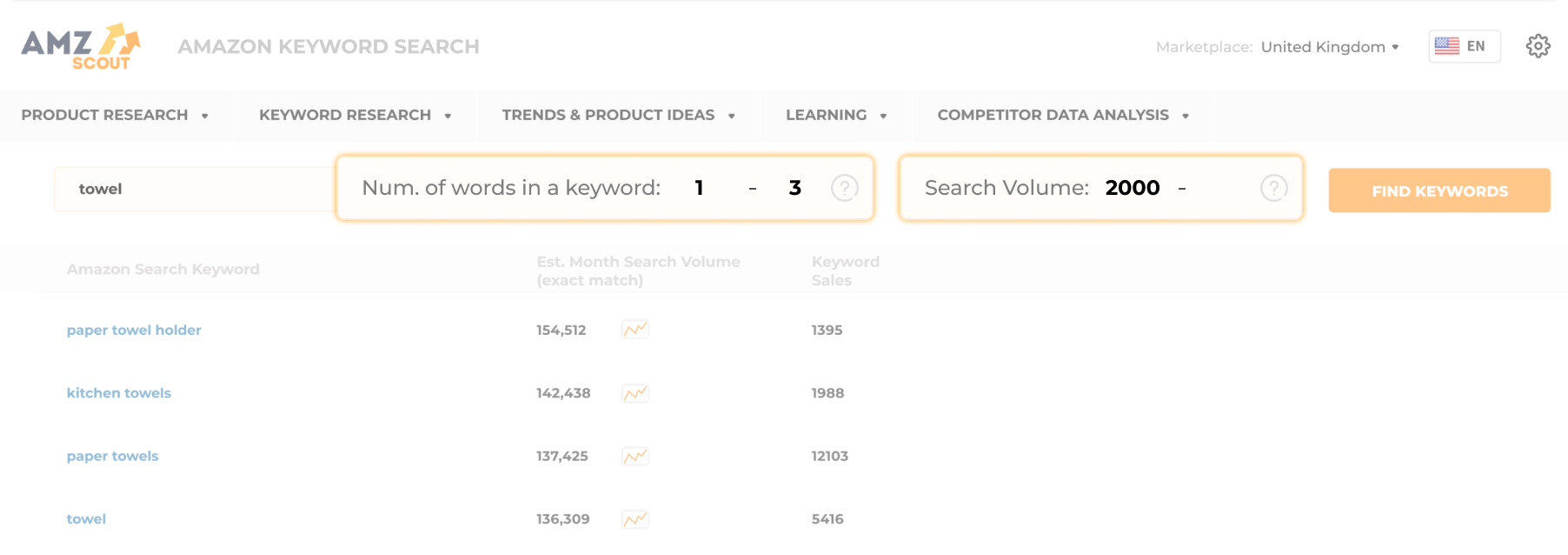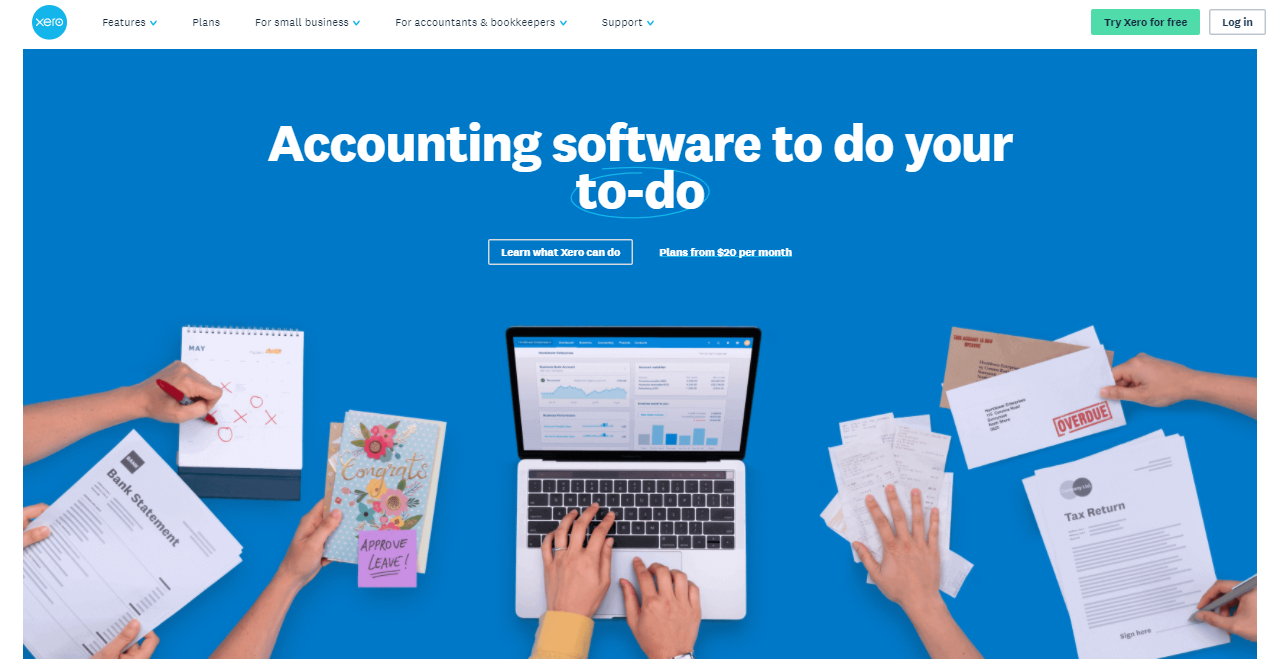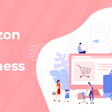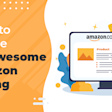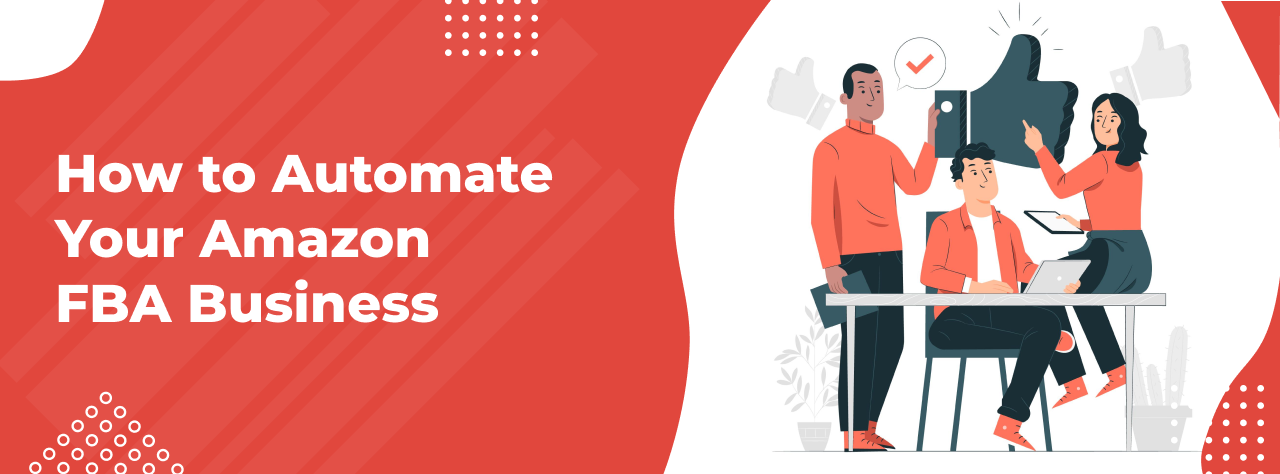
What is Amazon Automation and Why You Should Automate Your FBA Store
More than half of people consider starting their own business at some point. However, surveys tell us that one in four people don’t start because they don’t have enough time. Juggling a day job, family, and other responsibilities makes it difficult to turn your side hustle into a full-time business.
For example, there’s a lot of money to be made in eCommerce, specifically through Amazon FBA. But to make it truly profitable, you need to understand Amazon FBA automation. For a bit of initial work, you can create a business that basically runs itself.
Table of contents
What is Amazon Automation?
Amazon automation is the process of automating mundane tasks for your Amazon eCommerce business. This way, you can put more time into important tasks, such as branding or market research.
Automation is typically best left for repetitive or routine tasks, such as the below:
Getting your supplies to an FBA warehouse
Customer service chatbots
Demand planning (based on past data)
Order fulfillment and entry
Setting prices
Tracking sales
Amazon provides some of this automation for you, such as notifying you when your inventory is low or tracking sales data. However, when most sellers try to make an automated Amazon store, they typically need to download third-party applications.
How to Automate Your Amazon FBA Business
Amazon FBA is the first stage of automating your business. Once you start there, you can work to expand this automation to the entirety of your Amazon business operations. Below, you’ll find eight areas you need to automate to maximize your profits.
Eight business automation areas:
Product research
Shipping
Listing creation and optimization
Pricing
PPC (Pay Per Click) advertising
Inventory management
Bookkeeping
Payouts
To find out more about each stage, read our detailed guide below.
1. Product Research Automation
Product research automation collects the data for you, saving you time when meeting market demands. This eliminates the need to research your data manually, saving you time when adding new products or changing product features.
One automated research tool you can use is AMZScout. Specifically, you can use both the AMZScout PRO Extension and Product Database tools.
Find Product Ideas with AMZScout Product Database
The Product Database is ideal for exploring new product ideas on Amazon. You can use 16 filters, like product revenue, rank, or listing quality, to find out products with high potential profits. Streamline your research with the AMZScout Product Database using the following steps:
1. Access the AMZScout Product Database platform.
2. Initiate your free trial by navigating to the sign-up form. In case you're not yet registered, the web app will conveniently direct you there. Simply provide your details to kickstart your free trial, without the need for any payment or credit card information.
3. Customize your product criteria using the available search filters in the AMZScout Product Database. These filters enable you to establish your desired standards.
Consider the following common criteria to effectively search for successful products:
Set a price range of $15 to $100 for your products.
Target products with high demand, indicated by a minimum of 300 monthly sales.
Opt for small and lightweight items as they generally incur lower shipping costs.
Filter products by the number of reviews, if you are looking, for example, for private label products.
Choose the number of sellers. For dropshipping, arbitrage, or wholesale models, it is recommended to choose products with a relatively low number of sellers, preferably less than 20.
Additionally, you can leverage the ready-made options provided by the Product selection tool to further enhance your product selection process, yielding more proven and reliable results
4. Obtain the results by clicking the "Find Products" button, which will populate the desired outcomes for your search.
Analyze Product Ideas with PRO Extension
The second tool is AMZScout’s PRO Extension, which provides further sales data. These points include price history, competition, and sales volume. You can also research potentially getting into a new product niche, which lets you explore the potential of selling an entire group of products.
1. Install the AMZScout PRO Extension. Begin your free trial by providing your email address to initiate the sign-up process.
2. Launch the AMZScout PRO Extension.
Amazon.com will automatically open after installation. You can browse any products that you found using the Product Database.
To access the Extension, click on the AMZScout icon located in the top-right corner.
3. Analyze the sales data of products/niches by observing crucial product information, such as net margin, estimated sales, and revenue, conveniently organized in table format.
4. Evaluate the demand for a particular niche by checking the average number of sales. Sellers recommend looking for a niche with at least 300 sales per month.
5. Check if the product is seasonal by utilizing the "Niche History" feature, which allows you to access historical data and observe its fluctuations based on seasonal variations.
By utilizing both the AMZScout Product Database and the PRO Extension tools, you will have access to a comprehensive dataset that will significantly enhance your ability to select the most suitable product for your business.
Get Ready for Your Research Report from the Experts
If you need to automate your product research process, you have the option to use specialized services that will take care of the search process for you, namely Sellerhook. Sellerhook's team of experienced researchers, supported by advanced AI algorithms, will provide you with personalized product suggestions that meet your specific criteria and are tailored exclusively to your business needs.
By taking advantage of these comprehensive product research services, you can make informed decisions as you discover opportunities for profitable products that are ready to be launched.

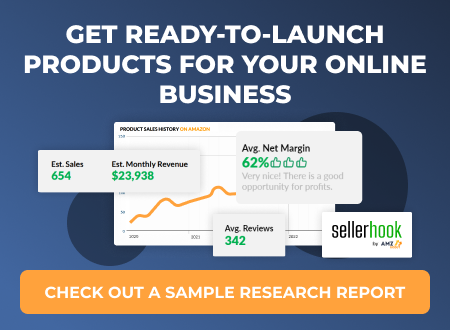
2. Shipping Automation
Using Amazon FBA, the last stage of shipping automation is already handled for you. By letting Amazon get the products from the warehouse to the customer, you don’t have to worry about shipment.
However, before Amazon can ship your goods, those goods need to reach Amazon. If you want to automate this process, you’ll need to speak to your product supplier.
When using suppliers like Alibaba or Thomasnet, ask them if they have experience shipping to Amazon. You might ask them how they follow Amazon’s strict packaging and shipment requirements.
At first, you can test your supplier by creating a shipping label from your Amazon inventory screen and providing it to them. Provided the goods get there in good condition and aren’t returned, you now know your supplier is capable of handling Amazon’s requirements.
From there, you can enable Amazon shipping settings automation and create a template. The template can be automatically sent to your supplier, enabling them to send consistent shipments in response to your inventory level. For more information on automated inventory management, read our tips below.
Many dropshipping suppliers also offer automated shipping services, which allow you to focus on marketing the product. Even some wholesale providers are more likely to provide this kind of selling support.
3. Listing Optimization and Creation
Listing creation involves creating a product page for an item you sell. Optimization of that listing is when you select the best title, description, and images to rank higher on Amazon for what people search for on Amazon. Creating optimized Amazon listings is extremely important for two reasons:
Finding the right keywords and ranking high for them will result in you getting more sales without needing to pay for advertising.
Without compelling reasons to buy on your listing, people will instead choose to purchase from your competitors.
Much like with product research, the process of automating your listing creation and optimization is more about using existing data to find effective keywords. You’ll still have to make the listing with your creative human brain. To make this process simple, the AMZScout Keyword Research tool can help you gather that data with limited effort. Here’s how to use it to find relevant keywords for your products:
1. Go to the AMZScout Amazon Keyword Search tool. If you haven’t yet, you’ll be prompted to sign up for a free account to try the platform.
2. Enter a word or phrase into the search field. Click the “Find keywords” button to see the results of that word or phrase and its related keywords.
3. Use the keyword filters to limit your research:
Set a min. and max. number of words
Set a min. and max. search volume
4. Click “Find Keywords” to see the new results with your filters included.
Once you have a list of keywords available, you can begin writing. However, if you don’t have copywriting skills to drive those sales, you can hire freelancers on various websites. In handing off the duties to freelancers, you can help support this automated process.
Once you have the best copy for your title and description, you’ll want excellent photos. Once again, you can automate this process by hiring a product photographer. You have the choice to hire via Freelancing websites or search on Google. If hiring online, you will have to ship the product to them, which you might be able to do from your supplier if they offer this service.
There are many places to hire freelancers, which include Upwork, FreeUp, Freelancer.com, and Fiverr. You can choose to post your job or message freelancers individually if you like their portfolios. Always be sure to check out their reviews and past work to be sure they meet your needs.


4. Pricing Automation
Pricing automation is when your price automatically adjusts in response to your competition. For example, if your competition drops the price by $2, you might do the same to remain competitive.
Amazon makes it clear that automatically adjusting your price increases your chance of becoming the featured offer. So repricing your product is often a requirement to remain competitive on Amazon. Amazon tends to favor the lowest price when winning the buy box.
It’s a common misconception that you need third-party tools to reprice on Amazon. However, you can set custom repricing rules directly within Amazon. You can make this adjustment by clicking “automate pricing” under the pricing tab.
When automating your pricing, you still need to be sure to maintain a profit. So be careful when setting your lowest available price, as you still want to make money. To check in on your potential profit margins, check out the free Amazon FBA Calculator from AMZScout.
5. PPC Management
Amazon advertising, better known as Pay Per Click (PPC), means you pay each time a shopper clicks on your ad. They’re the perfect way to drive customers to new product listings that aren’t showing in organic search results. The only thing you need to worry about is whether your revenue outweighs your costs, which is fairly easy to track using amazon advertising.
If you’d like to automate this part of your business, or you’re not comfortable managing ads yourself, consider using Amazon PPC software. These tools manage your bid amounts and optimize your spending to ensure your ads are seen as much as possible for the best price. Plus, they allow you to control your advertising budget, which is important when testing out multiple ads for effectiveness.
If you don’t feel comfortable with ad creation and management, you can hire an advertising agency. These companies can provide you with ad-buying tips, help you create ads, or handle 100% of the process for you. Advertising agencies can help you with ad creation, management, and reporting results to ensure you continue to make money.
6. Inventory Management
Most new sellers spend the majority of their time managing inventory. Running out of inventory can result in these risks:
You’ll miss out on potential sales.
Your Amazon search rank will decrease.
You won’t be eligible for the buy box (featured offer).
You need to keep an eye on your inventory and order more products before you run out. When managing an entire business, tracking your inventory isn’t always easy. Luckily, Amazon provides some automated notifications, but you can automate reordering using inventory management software. This software typically has the following features:
Alert you when your inventory is running low.
Forecast how much inventory you’ll need based on past sales and historical data.
Help with pricing (to be sure your inventory keeps moving and you don’t pay storage fees).
There are many inventory management software options available. Before you select one, check out reviews on sites like Trustpilot. You can also search on Reddit or Google to see how other Amazon sellers like them.
7. Bookkeeping
Bookkeeping is the process of managing your finances. Managing your finances can help you understand your profits and properly file taxes.
Standard accounting practices demand accuracy on your financial statements. Because putting numbers into a spreadsheet is no fun, automating this process can help you save time and keep you legally compliant.
One way to do this is by using both Xero and Google Sheets to automatically input your invoices into Google Sheets and export that data to Xero. You can read more about this in this guide on how to automate your finances.
Alternatively, you can hire a third party or an assistant to handle your taxes for you. Tools like QuickBooks can help you track incoming and outgoing transactions on your bank account automatically. However, hiring a professional can help you take advantage of business taxes.
Once you start making real money, you can take this money and invest it into other businesses, giving yourself more opportunities for income.
8. Payouts
Manual payout requests can take several weeks to get done (assuming you remember to request your funds). Manual payment processes are also more likely to run into an unavailable balance.
When you wait too long for pending funds, you can run into delays, chargebacks, or negative customer experiences. By automating this process, money goes into your account without you needing to worry about it.
If you want to avoid all this and automate the entire payout process, we recommend using Payability. With Payability, you get access to 80% of the money from your sales the very next day. This means you’ll get paid automatically each day, maintaining an ample cash flow.
Is Amazon Automation Legit?
Yes, there are many legitimate automation providers you can find online. To determine which providers are legitimate, look them up on third-party review sites like Trustpilot or G2.
However, some automation providers are scam products.
Some companies can scam you by stealing your information or engaging in activities that will cause Amazon to ban your account. You’ll have to deal with the repercussions of hiring these scam companies, so be cautious when hiring them. By doing your research on third-party review sites and Google, you avoid most of these issues.
Why You Should Automate Your FBA Business
Amazon FBA, or Fulfillment By Amazon, hands the shipping, storage, and customer service management to Amazon’s warehousing and customer support teams. Using this feature (otherwise known as FBA automation) is often the first step in automating your Amazon business. When integrating this with both Amazon’s internal and third-party external automation tools, you get these advantages:
You get more profits because it frees you up to work towards more profit-generating activities (finding good products, making sales, etc.).
You can save money because it prevents you from needing to hire people to handle monotonous tasks.
There is less risk of error because technology is generally more accurate than humans, giving you more accurate data to make better decisions.
You don’t have to limit your money-making activities to when you work, you can make money at all times (even when you aren’t working).
It becomes much easier to grow your business, as you can expand automated systems to handle more of those mundane tasks you would normally have to hire more people for.
You can spend more time with your family, as you can rest and remain confident that your business will work without you.
The more tasks you can automate for your business, the more streamlined it becomes. This way, you can focus on spending time with your families and differentiating your Amazon business from your competitors. Automation lets you focus more on activities that elevate your business and life.
Conclusion
If you’re looking for a business that will mostly run itself, then Amazon FBA might be for you. Once you get everything set up you can earn a steady income without having to manage most of the day-to-day activities.

